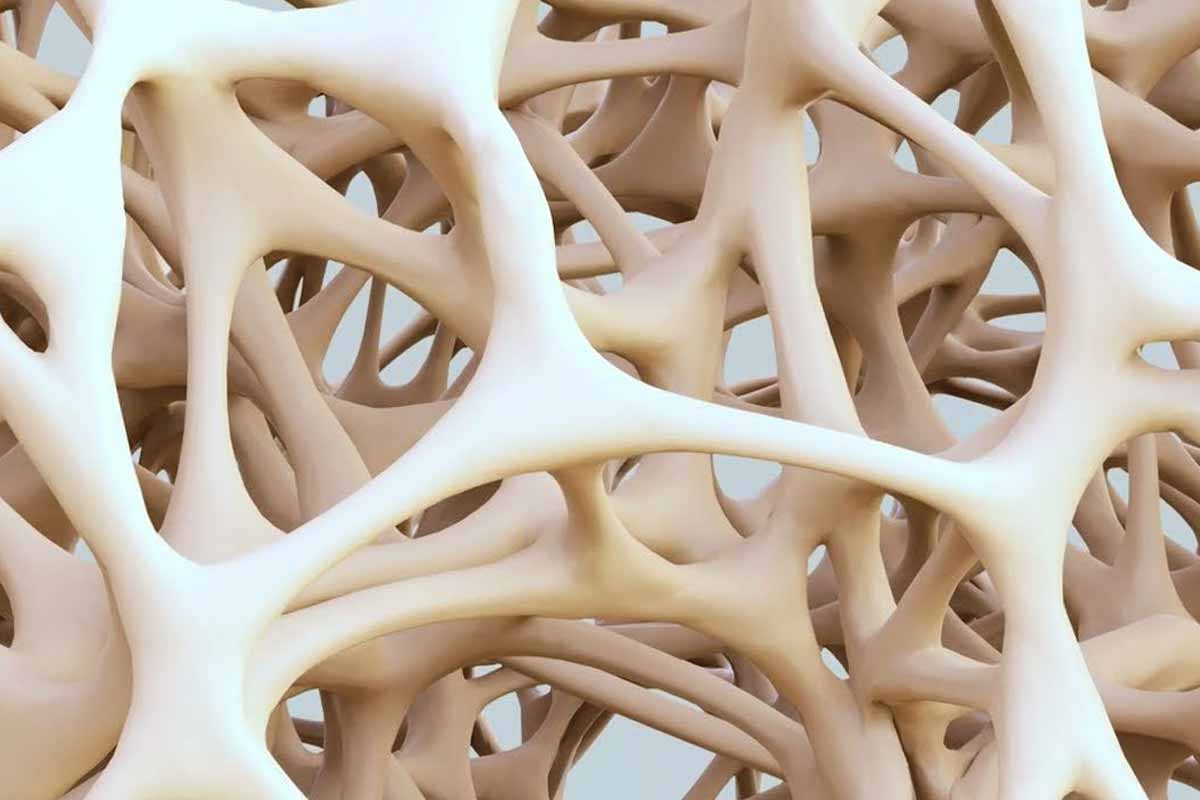Bone health touches everything, from balance to sleep to how brave your mornings feel. We forget our bones until something cracks the routine. Osteoporosis turns whispers into alarms, and daily tasks feel risky. Science just nudged the story in a kinder direction. Your body holds a repair kit, and we’re learning how to open it.
Bone health
Researchers traced that repair kit to a receptor called GPR133, also known as ADGRD1. It lives on osteoblasts, the cells that lay down fresh bone like careful bricklayers. For years, genes around this receptor teased a connection with density. Now the pathway looks clearer, and hope feels less abstract. Think of it as a light switch on growth, not a bandage on damage. When that switch flips, bone health can rise from inside, not just hold the line.
Inside the Mouse Lab
To test the idea, scientists turned to mice with tidy, telling differences. Some mice lost the GPR133 gene and started growing brittle frames. Others received AP503, a small compound designed to wake that receptor. The change looked dramatic in the numbers and the scans. More formation. Better strength. Like someone greased the gears on a jammed machine.
AP503 nudged osteoblasts to build, not just stand guard. Mice without the receptor mirrored human fragility. Mice with stimulation grew sturdier, step by step. That arc points toward a therapy that supports real bone health from the inside out.
From Lab Bench to Living Room
What happens under the microscope doesn’t always survive the real world. This one carries promise because the biology is shared. Osteoblasts behave much the same in mice and in us. If the receptor falters in people, density can sag earlier than expected. So the target makes sense, and the plan feels grounded. The twist that warmed every clinician’s heart: movement helped even more.
Exercise already boosts remodeling in beautiful, ordinary ways. Add receptor activation, and the benefits stacked. Picture a morning walk as medicine, paired with a smarter key. Suddenly, prevention sounds less like a lecture and more like a toolkit. Today’s treatments slow loss or freeze turnover for a time.
Side effects nudge some folks away, and gains can stall. A therapy that reawakens growth could change that rhythm. Not a sledgehammer more a nudge that teaches cells to build again. In a world of aging joints and tentative steps, stronger frames reshape daily life. Chairs feel safer. Stairs feel possible. Travel feels fun again. It’s the small freedoms that define bone health when you’re the one living in that body.
What Happens Next
Trials in humans must answer the big questions with patience. Dose, timing, safety over seasons, not days. Delivery that fits busy lives, not lab benches. Those answers take time, and they’re worth the wait. Meanwhile, there’s plenty you can do without a prescription. Lift something a little heavy, with good form and steady breath. Walk in the morning light, even ten minutes. Eat protein you enjoy and calcium your body can use. Let vitamin D join the party, through sunshine or sensible supplements. Sleep like it matters, because it does. These habits won’t replace a therapy, yet they set the stage for it.
When science meets a well-tuned routine, results tend to stick. Imagine a future clinic visit that celebrates wins, not worries. Scans trending upward, risk trending down. A doctor high-fiving an eighty-year-old who still hikes on weekends. That picture keeps researchers on task and patients hopeful. Because at the end of all the charts and trials sits a simple wish. We want to stand tall without fear, move freely, and keep moving. That’s the quiet promise taking shape a life held up by steady, living bone health.
